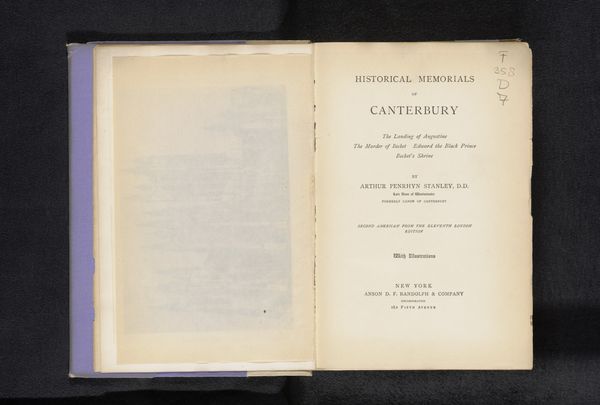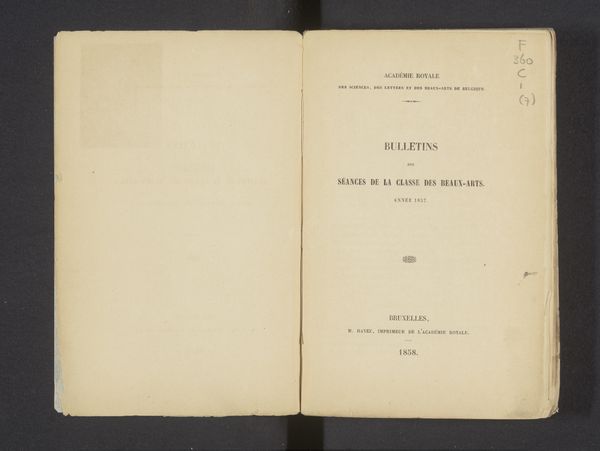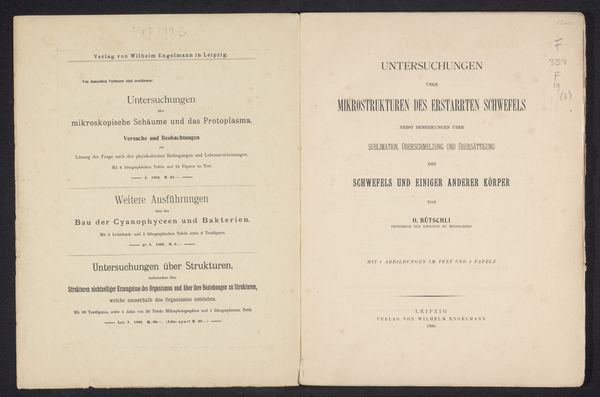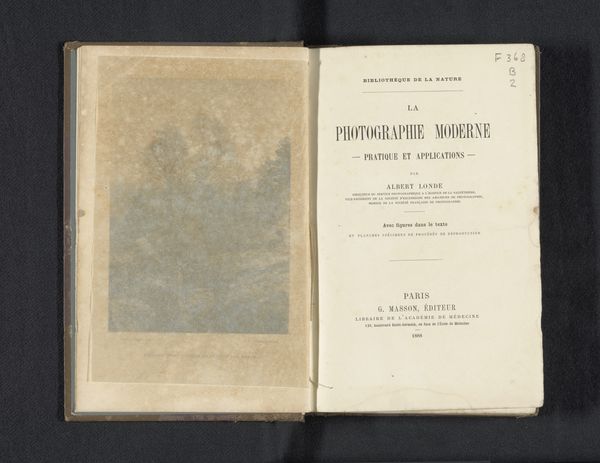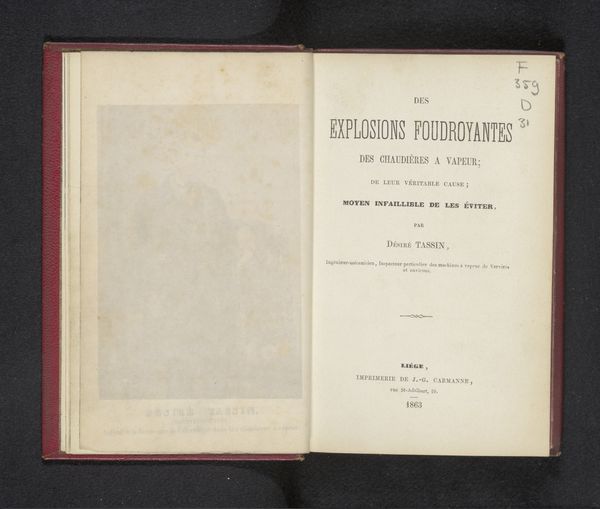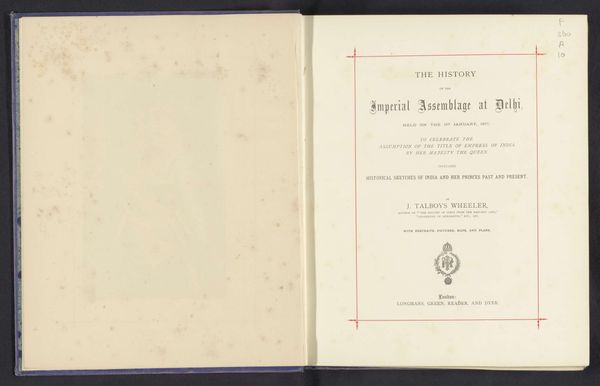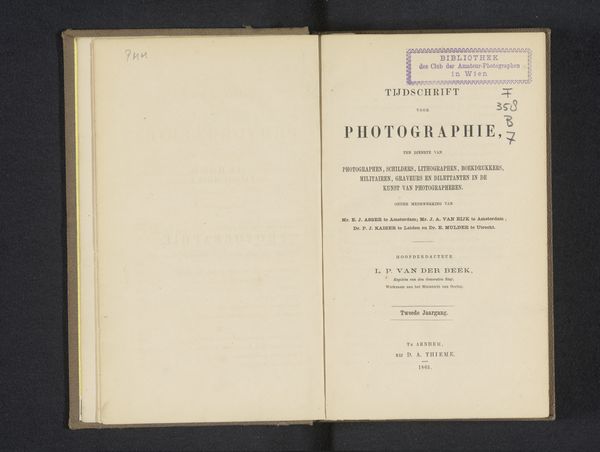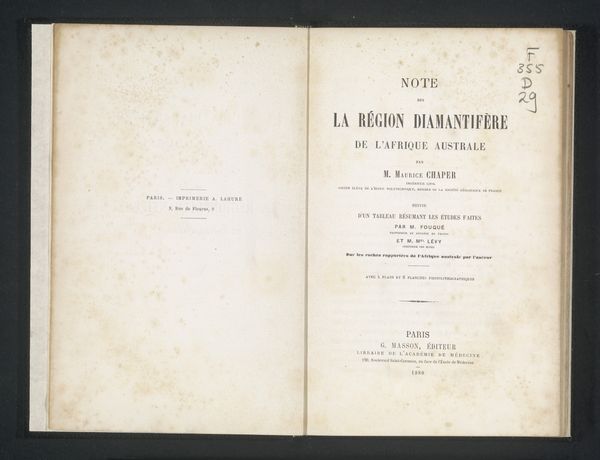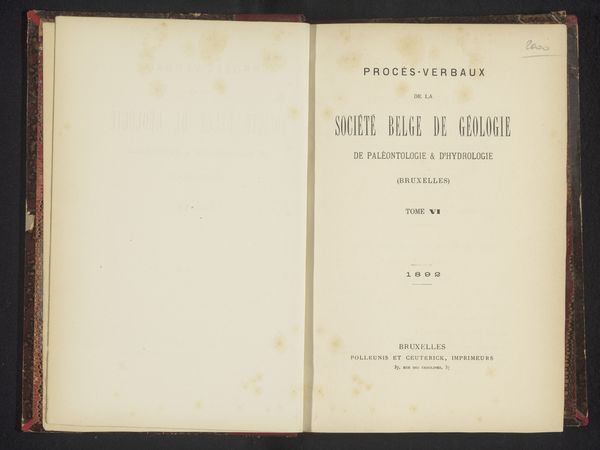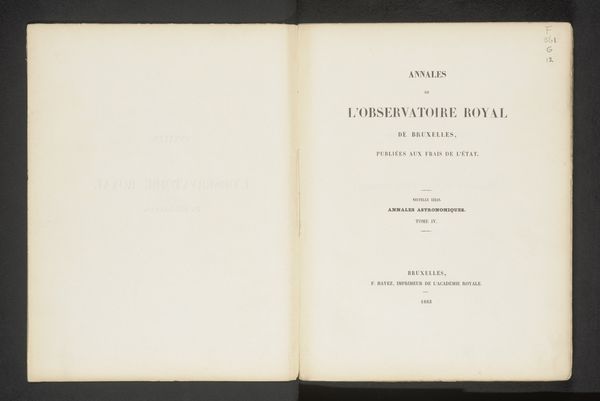
graphic-art, print, paper, photography
#
graphic-art
#
aged paper
#
homemade paper
#
paper non-digital material
#
paperlike
# print
#
sketch book
#
personal journal design
#
paper
#
photography
#
personal sketchbook
#
journal
#
fading type
#
thick font
#
academic-art
Dimensions: height 316 mm, width 232 mm, thickness 4 mm
Copyright: Rijks Museum: Open Domain
Jean-Charles Houzeau's "Annales de l'Observatoire royal de Bruxelles" from 1882 is a printed scientific document. The title announces the study of Venus's transit, an event rich with symbolic weight. Venus, named after the Roman goddess of love and beauty, has long captivated human imagination, appearing as both morning and evening star, a celestial body associated with love, desire, and beauty. This association echoes through history, from the Babylonian Ishtar to the Greek Aphrodite. Its transit, a rare alignment, takes on the aura of a cosmic event. We see it as a motif, not just of astronomical interest, but of humanity's enduring quest to understand our place in the cosmos, a mirror reflecting our inner world onto the vast canvas of the heavens. The observation and study of celestial events like the transit of Venus has served as a catalyst for human knowledge and culture. The image here serves as a record of human endeavor, inviting us to contemplate the cyclical nature of scientific inquiry and our timeless connection to the stars.
Comments
No comments
Be the first to comment and join the conversation on the ultimate creative platform.
